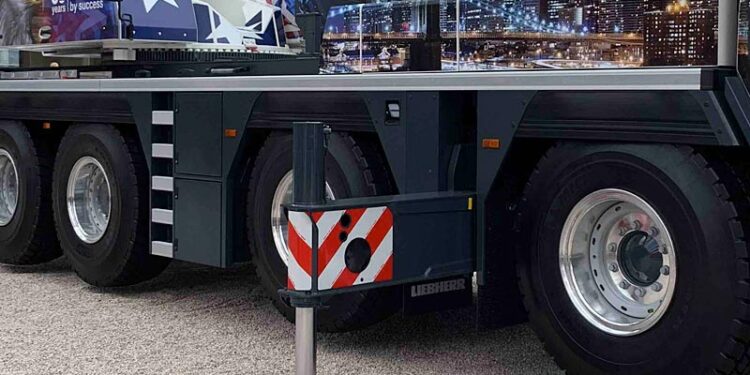If you are in the market for new plastic crane pads for your crane, it’s time to look at the advantages of plastic crane pads vs. wood. Wood is prone to absorbing moisture and losing its impact strength when exposed to the elements outdoors. In contrast, UHMWPE pads are resistant to moisture and wear and have an excellent breaking strength. They also have non-stick surfaces that make them easy to clean. Choosing the right outrigger pads for your crane is essential to protecting your cranes.
A plastic crane pad from UHMWPE is significantly stronger than traditional wood outrigger pads. They also do not absorb soil contaminants, making them ideal for construction sites. Unlike wood, which splinters and rots over time, UHMWPE pads are made of an engineered material that will not absorb contaminants. Depending on your needs, you can choose from four sizes: small, medium, and large.
Engineered polyethylene cribbing is lightweight and sturdy. It can be easily installed by two people and does not absorb moisture. These high-quality outrigger pads have excellent impact intensity and break elongation. They are also less expensive than wood-based pads. Besides being lighter and stronger, plastic crane pads also offer a range of benefits for your company. Using them on your cranes will increase safety for you and your customers.
FiberMax crane pads are made from composite material. This material is strong and lightweight but weighs 60 percent less than steel. Its design leverages the advantages of composite material and sandwich construction, including internal bi-directional shear webs, to create a superior crane pad. It distributes load similarly to steel-constructed pads while maintaining the lowest operational cost. The steel frame protects the FiberMax pad and provides attachment points for lifting hardware.
Lastly, outrigger pads help stabilize the heavy equipment. Without outrigger pads, the ground underneath the crane could shift and cause the equipment to tip over. Without these, you’ll have to take precautions to protect your equipment and your client’s property. Using the proper crane pads is a great investment for your business. So, start saving money today by using the right plastic crane pads. You’ll be glad you did!
Bigfoot Outrigger Pads are multi-generation American companies that started as end-users of large equipment. Jeff Steiner, president of Bigfoot Outrigger Pad, was a concrete pump operator before starting a family business that makes outrigger pads. After working as a concrete pump operator, he built outrigger pads for 40-ton cranes. Now he manufactures these mats in the USA. These heavy-duty, durable, and portable products are used in construction sites, fire trucks, utility vehicles, recreational vehicles, and cranes.
Outrigger pads are essential for heavy machinery. They stabilize the equipment and prevent it from damaging the surface. Get in touch with Prime Tech Pads to purchase a plastic outrigger pad. Plastic outrigger pads are one-tenth the weight of steel or plywood outrigger pads. Plastic outrigger pads also won’t rust or splinter like steel or plywood outriggers. Custom-designed pads are available from Polymershapes. In addition to these two features, outrigger pads can also be used for lifting equipment with outriggers.
Depending on the duty, plastic crane pads come in a wide range of sizes and shapes. Large square outrigger pads are typically the largest, while small round ones can be rolled into position by one person. Either way, these pads are always useful. When considering whether to purchase square or round crane pads, remember that the latter will be easier to move around. The latter will be more versatile for future equipment pool expansion.
Synthetic outrigger pads are also better at protecting against moisture and chemicals. The strength of UHMW outrigger pads is greater than that of wood and is equivalent to the impact strength of steel. Additionally, they don’t warp or bend like wood and are resistant to moisture absorption. Lastly, synthetic outrigger pads are much more resistant to weathering. These types of crane pads also have longer life spans than their wood counterparts.












